Seeking Ways for Dealing with the Impacts of Sandstorms on the Railway Network in Saudi Arabia
Abstract
:1. Introduction
2. Literature Review
3. Problem Definition
4. Methodology
4.1. Site Investigation
4.2. Principal of Proposed Solution
4.3. Calculating Wind Shear Effect on Wind Speed
- V = wind speed at height of interest,
- Vref = wind speed measured at height href; (e.g., barrier height),
- h = height of interest,
- href = height of measured data (e.g., barrier height),
- α = wind shear exponent.
5. Windbreaks
5.1. General
5.2. Windbreak Benefits
- Reduced soil erosion—Windbreaks deflect wind 10 to 20 times their height downwind, preventing erosion. They also remove dirt particles that have been blasted into the air by the wind.
- Crop protection—Windbreaks can boost crop yields by as much as 44%. Wind protection decreases agricultural water use, improves a plant’s capacity to produce food, and may improve pollination. Reduced sand and soil abrasion can improve the quality of fruit and other high-value crops.
- Appearance—Trees offer visual screening and permanency in the railway area’s landscape.
5.3. Creating Windbreaks
5.4. Windbreak Design
6. Proposed Method to Path Sandstorms over Railways
7. Conclusions
- In railway areas, windbreaks can deflect the wind 10 to 20 times their height downwind, and therefore are applicable for use; moreover, windbreaks can induce a deep, but narrow drift to be deposited near the windbreak, generally three to five times the windbreak height.
- The wind speed at the height of interest (e.g., barrier height) should be calculated using wind shear exponents ranging from 0.2 to 0.5 depending on the topography and surface roughness aspects.
- A new equation based on two parameters, and n, as a function of the wind shear exponent is suggested to predict the percentage of wind velocity increase ().
Author Contributions
Funding
Institutional Review Board Statement
Informed Consent Statement
Data Availability Statement
Acknowledgments
Conflicts of Interest
References
- MEED Insight. MENA Rail and Metro Projects Report 2014. Available online: https://www.meed.com/mena-rail-and-metro-projects-report-2014/ (accessed on 26 February 2014).
- Labban, A. Dust Storms over Saudi Arabia: Temporal and Spatial Characteristics, Climatology and Synoptic Case Studies. Ph.D. Dissertation, RMIT University, Melbourne, Australia, 2015. [Google Scholar]
- Varoujan, S.; Al-Ansari, N.; Knutsson, S. Sand and dust storm events in Iraq. Nat. Sci. 2013, 5, 1084–1094. [Google Scholar]
- Alaamer, A. Measurement of natural radioactivity in sand samples collected from Ad-Dahna Desert in Saudi Arabia. World J. Nucl. Sci. Technol. 2012, 2, 187–191. [Google Scholar] [CrossRef]
- Middleton, N. Dust storms in the Middle East. J. Arid. Environ. 1986, 10, 83–96. [Google Scholar] [CrossRef]
- Furman, H. Dust storms in the Middle East: Sources of origin and their temporal characteristics. Indoor Built Environ. 2003, 12, 419–426. [Google Scholar] [CrossRef]
- Ackerman, S.; Cox, S. Surface weather observations of atmospheric dust over the southwest summer monsoon region. Meteorol. Atmos. Phys. 1989, 41, 19–34. [Google Scholar] [CrossRef]
- Alharbi, H. Airborne Dust in Saudi Arabia: Source Areas, Entrainment, Simulation and Composition. Ph.D. Dissertation, Monash University, Melbourne, Australia, 2008. [Google Scholar]
- Mohalfi, S.; Bedi, H.; Krishnamurti, T.; Cocke, S. Impact of shortwave radiative effects of dust aerosols on the summer season heat low over Saudi Arabia. Mon. Weather Rev. 1998, 126, 3153–3168. [Google Scholar] [CrossRef]
- Draxler, R.; Dale AGillette, J.; Kirkpatrick, S.; Jack, H. Estimating PM10 air concentrations from dust storms in Iraq, Kuwait and Saudi Arabia. Atmos. Environ. 2001, 35, 4315–4330. [Google Scholar] [CrossRef]
- Barnum, H.; Nathaniel SWinstead, J.; Wesely, A.; Hakola, R.; Colarco, B.; Toon, P.; Brooks, G.; Hasselbarth, L.; Toth, B. Forecasting dust storms using the CARMA-dust model and MM5 weather data. Environ. Model. Softw. 2004, 19, 129–140. [Google Scholar] [CrossRef]
- Maghrabi, A.; Alharbi, B.; Tapper, N. Impact of the March 2009 dust event in Saudi Arabia on aerosol optical properties, meteorological parameters, sky temperature and emissivity. Atmos. Environ. 2011, 45, 2164–2173. [Google Scholar] [CrossRef]
- Notaro, M.; Alkolibi, F.; Fadda, E.; Fawzieh, B. Trajectory analysis of Saudi Arabian dust storms. J. Geophys. Res. Atmos. 2013, 118, 6028–6043. [Google Scholar] [CrossRef]
- Yu, Y.; Notaro, M.; Liu, Z.; Kalashnikova, O.; Alkolibi, F.; Fadda, E.; Bakhrjy, F. Assessing temporal and spatial variations in atmospheric dust over Saudi Arabia through satellite, radiometric, and station data. J. Geophys. Res. Atmos. 2013, 118, 13–253. [Google Scholar] [CrossRef]
- Awad, A.; Mashat, A. The synoptic patterns associated with spring widespread dusty days in central and eastern Saudi Arabia. Atmosphere 2014, 5, 889–913. [Google Scholar] [CrossRef] [Green Version]
- Shalaby, A.; Rappenglueck, B.; Eltahir, E. The climatology of dust aerosol over the arabian peninsula. Atmos. Chem. Phys. Discuss. 2015, 15, 1523–1571. [Google Scholar] [CrossRef] [Green Version]
- Amanollahi, J.; Kaboodvandpour, S.; Qhavami, S.; Bakhtiyar, M. Effect of the temperature variation between Mediterranean Sea and Syrian deserts on the dust storm occurrence in the western half of Iran. Atmos. Res. 2015, 154, 116–125. [Google Scholar] [CrossRef]
- Vorhees, C. The Impacts of Global Scale Climate Variations on Southwest Asia; Naval Postgraduate School: Monterey, CA, USA, 2006. [Google Scholar]
- Hasanean, M.; Almazroui, M.; Jones, P.; Alamoudi, A. Siberian high variability and its teleconnections with tropical circulations and surface air temperature over Saudi Arabia. Clim. Dyn. 2013, 41, 2003–2018. [Google Scholar] [CrossRef]
- Li, R.; Lu, S.; Han, B.; Gao, Y. Connections between the South Asian summer monsoon and the tropical sea surface temperature in CMIP5. J. Meteorol. Res. 2015, 29, 106–118. [Google Scholar] [CrossRef]
- Mehdipour, R.; Baniamerian, Z. A new approach in reducing sand deposition on railway tracks to improve transportation. Aeolian Res. 2019, 41, 100537. [Google Scholar] [CrossRef]
- Bruno, L.; Horvat, M.; Raffaele, L. Windblown sand along railway infrastructures: A review of challenges and mitigation measures. J. Wind. Eng. Ind. Aerodyn. 2018, 177, 340–365. [Google Scholar] [CrossRef]
- MirakhmedovichMirakhmedov, M. Sand Drift and Measures to Mitigate Its Impact on the Railway Track. Turk. J. Comput. Math. Educ. 2021, 12, 3156–3161. [Google Scholar]
- ArabNews. Saudi Arabia to Triple Size of Its Rail Network. Available online: https://www.arabnews.com/node/2003401/business-economy (accessed on 13 May 2022).
- Saudi Loading Code No. SBC301. 2018. Available online: https://gda.com.sa/pdf/SBC301.pdf (accessed on 13 May 2022).
- Kok, F.; Parteli, J.; Michaels, I.; Karam, B. The physics of wind-blown sand and dust. Rep. Prog. Phys. 2012, 75, 106901. [Google Scholar] [CrossRef] [Green Version]
- Tsoar, H.; Pye, K. Dust transport and the question of desert loess formation. Sedimentology 1987, 34, 139–153. [Google Scholar] [CrossRef]
- Goudie, S. Dust storms: Recent developments. J. Environ. Manag. 2009, 90, 89–94. [Google Scholar] [CrossRef] [PubMed]
- ENV 1991-2-5; Eurocode 1: Action on Structures—Part1–5: General Actions—Thermal Actions. The European Union: Maastricht, The Netherlands, 2003.
- EN 1991-1-2; Eurocode 1: Actions on Structures. General Actions-Actions on Structures Exposed to Fire. The European Union: Maastricht, The Netherlands, 2002.
- Tsoar, H. Bagnold, RA 1941: The physics of blown sand and desert dunes. London: Methuen. Prog. Phys. Geogr. 1994, 18, 91–96. [Google Scholar] [CrossRef]
- Shao, Y. (Ed.) Physics and Modelling of Wind Erosion; Springer: Dordrecht, The Netherlands, 2008. [Google Scholar]
- Chiras, D. Wind Power Basics: A Green Energy Guide; New Society Publishers: Gabriola, BC, Canada, 2010. [Google Scholar]
- Wegley, H.L.; Ramsdell, J.V.; Orgill, M.M.; Drake, R.L. Siting Handbook for Small Wind Energy Conversion Systems (No. PNL-2521 (Rev. 1)); Battelle Pacific Northwest Labs.: Richland, WA, USA, 1980. [Google Scholar]


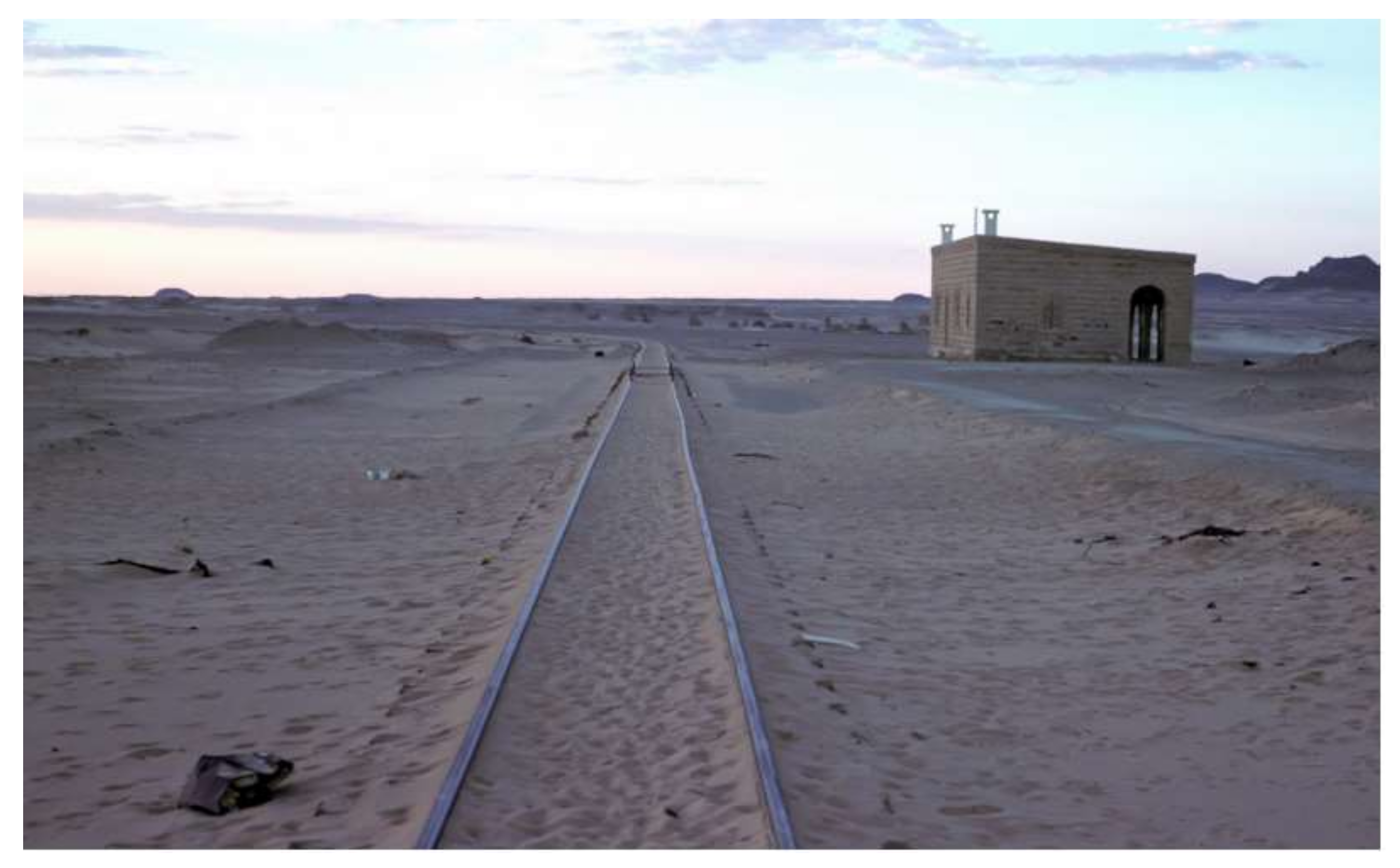
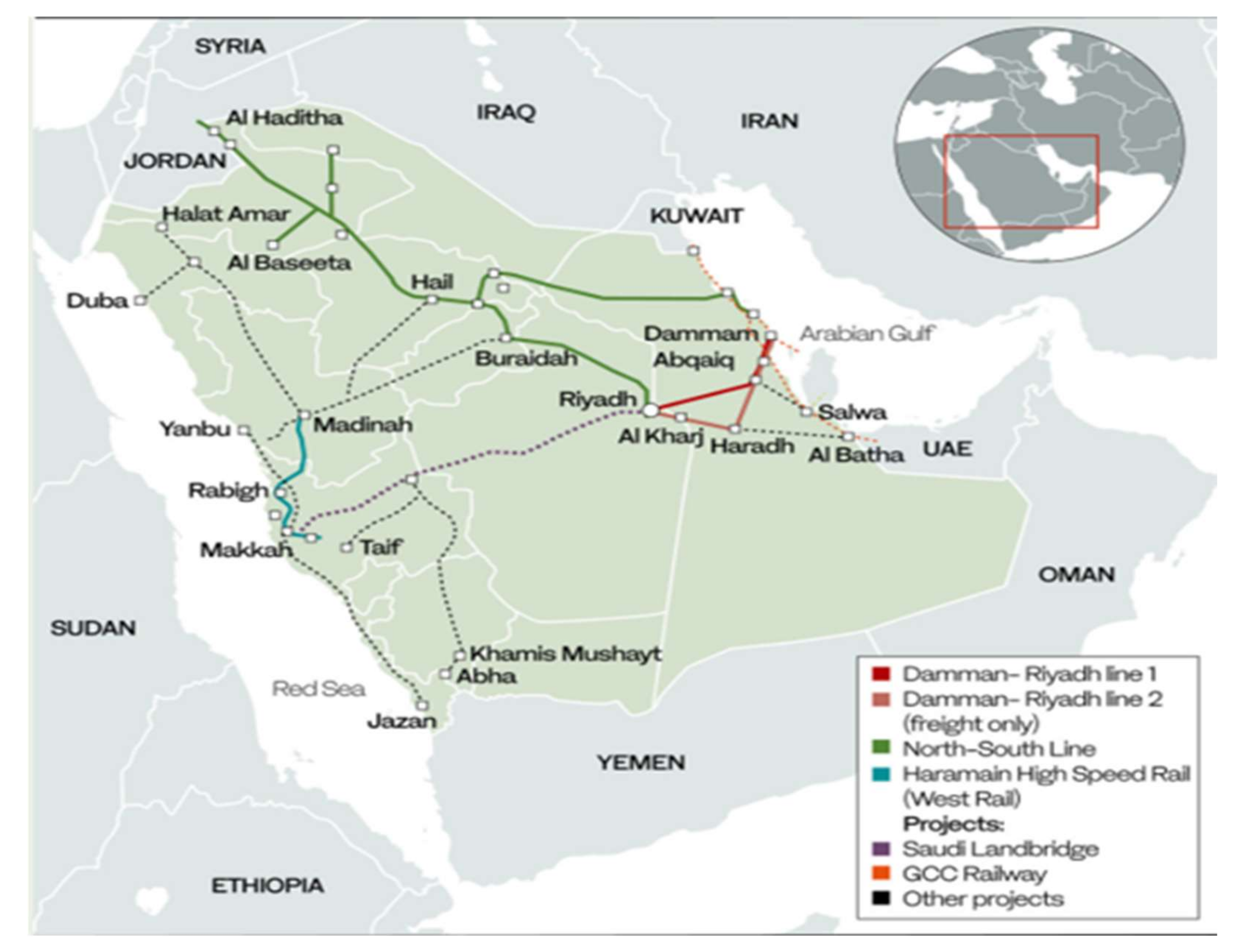

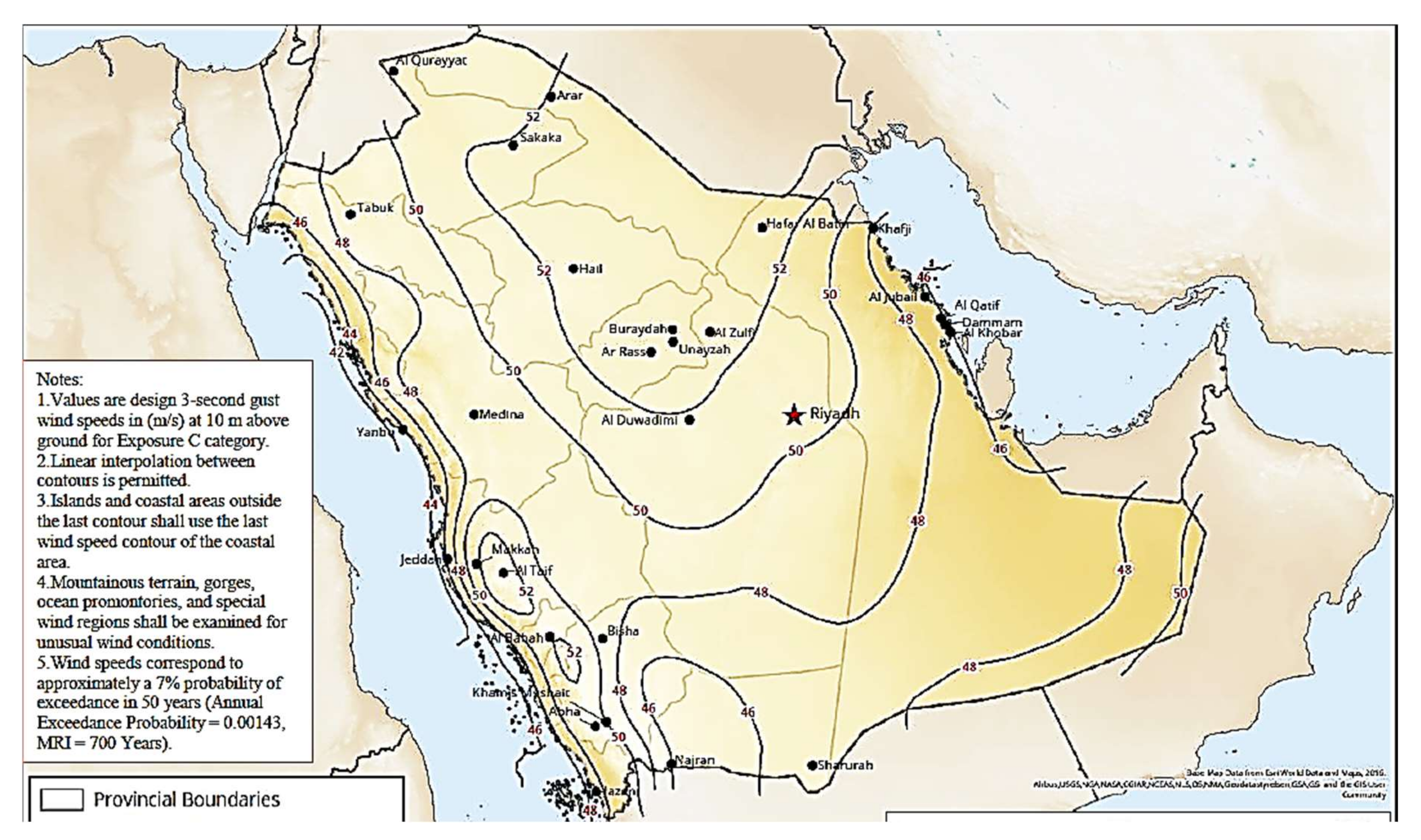

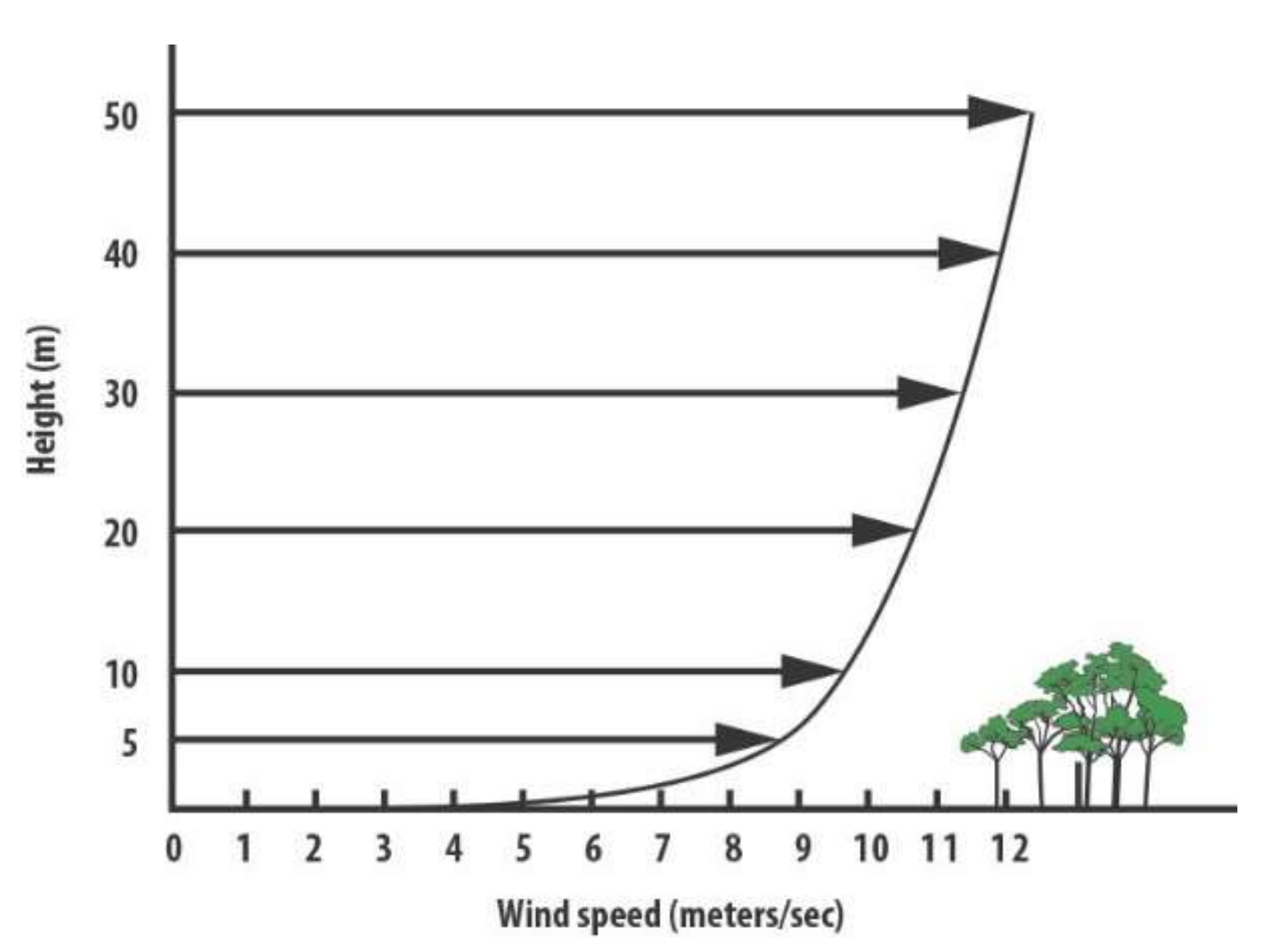



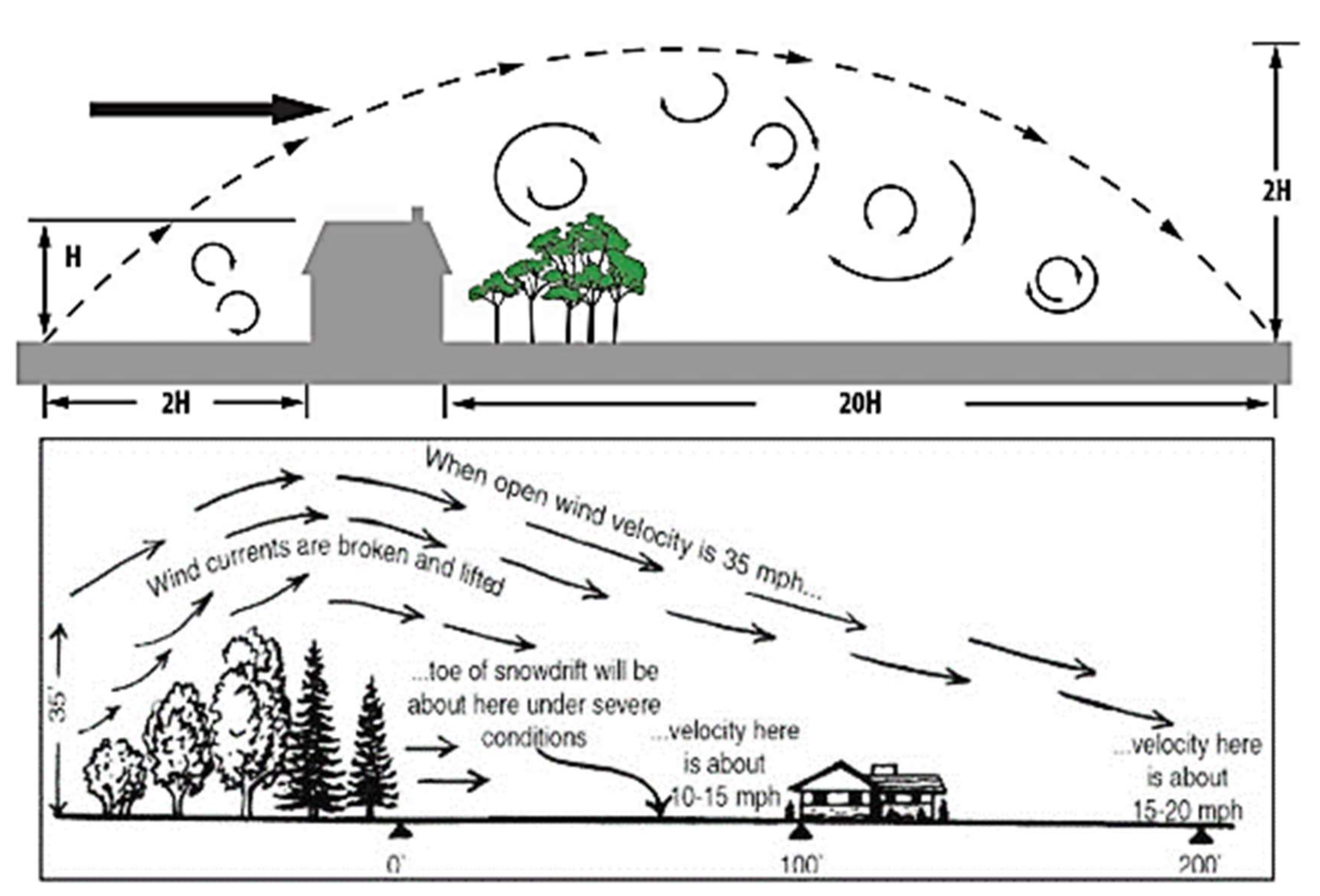
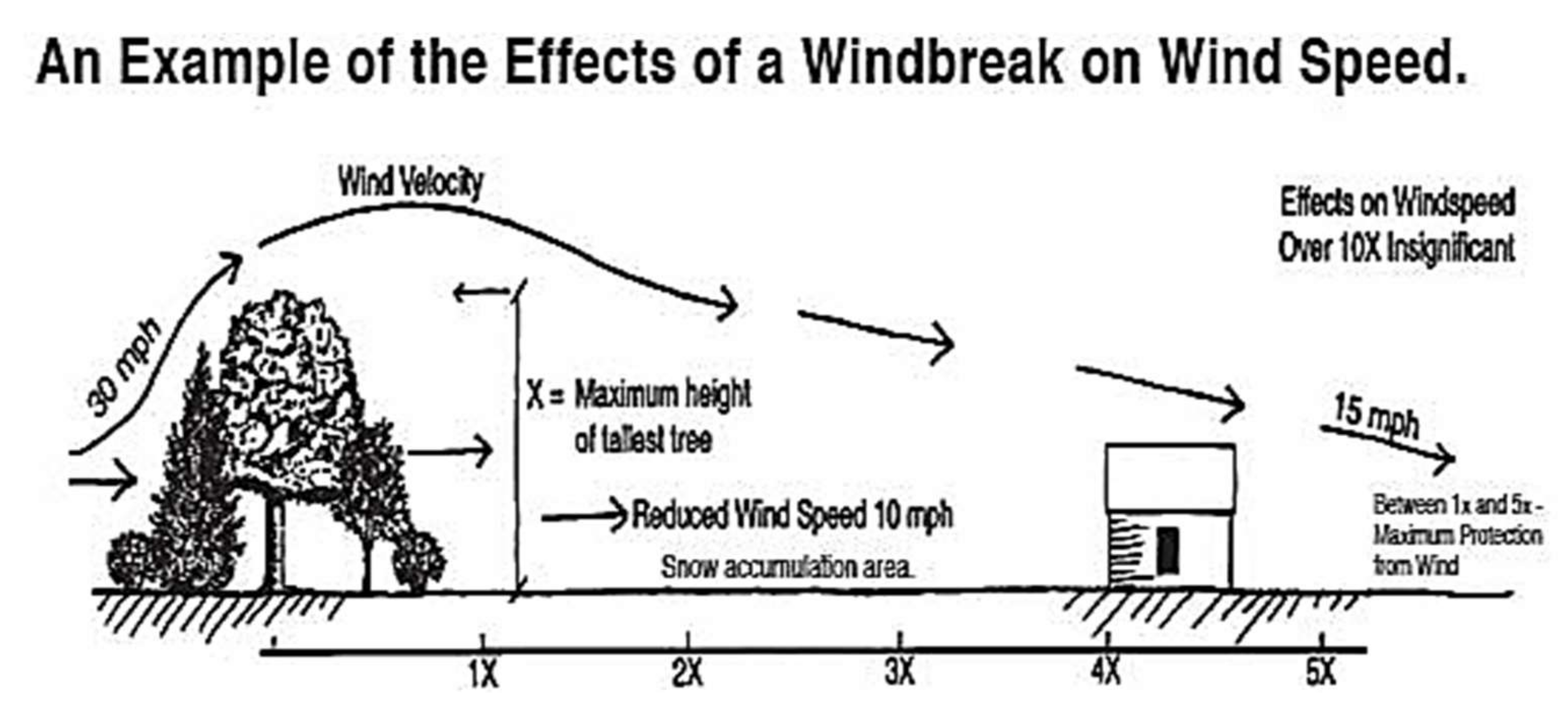


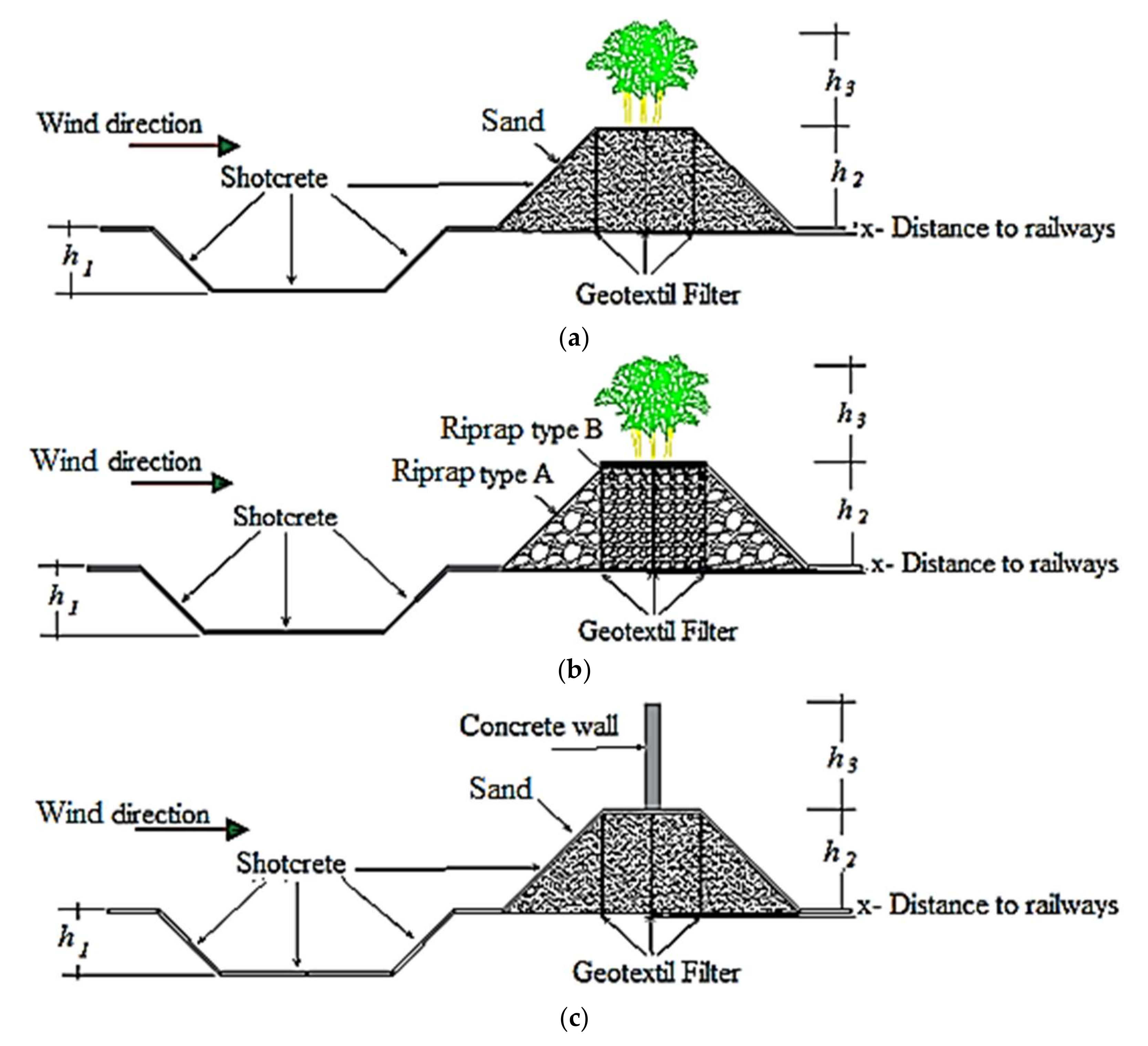


| Barrier Height (m) | Wind Measured Height (m) | Wind Velocity (m/s) | |||
|---|---|---|---|---|---|
| = 0.2 | = 0.3 | = 0.4 | = 0.5 | ||
| 4.00 | 5.00 | 54.37 | 55.60 | 56.85 | 58.14 |
| 5.00 | 6.00 | 53.93 | 54.92 | 55.93 | 56.96 |
| 6.00 | 7.00 | 53.63 | 54.46 | 55.31 | 56.17 |
| 7.00 | 8.00 | 53.41 | 54.13 | 54.85 | 55.59 |
| 8.00 | 9.00 | 53.24 | 53.87 | 54.51 | 55.15 |
| Stakeholder Groups | Recommendations |
|---|---|
| Saudi Arabian Public Transport Authority (PTA) | The PTA was established to regulate public transport services for passengers within and between the cities of the Kingdom, supervise them, and provide services at an appropriate cost, as well as to provide budgets and resources to railway projects, and the proposed protection barriers are suggested alternative solutions to develop the railway transport network in Saudi Arabia. |
| Saudi Arabian Railway (SAR) | The SAR is responsible for operating and maintaining the railway system, as well as enhancing railroad safety and minimizing human errors leading to accidents. In this case, it is recommended to exchange the existing method of removing sand from the railway using a sand removal machine with the building protection barriers that are proposed in this paper. |
| Ministry of Transport | The MoT is responsible for dealing with development projects in the government sector. It is recommended that the MoT takes this study into account due to the potential long-term benefits. |
Publisher’s Note: MDPI stays neutral with regard to jurisdictional claims in published maps and institutional affiliations. |
© 2022 by the authors. Licensee MDPI, Basel, Switzerland. This article is an open access article distributed under the terms and conditions of the Creative Commons Attribution (CC BY) license (https://creativecommons.org/licenses/by/4.0/).
Share and Cite
Almujibah, H.; Elamary, A.; Alwetaishi, M. Seeking Ways for Dealing with the Impacts of Sandstorms on the Railway Network in Saudi Arabia. Sustainability 2022, 14, 9436. https://doi.org/10.3390/su14159436
Almujibah H, Elamary A, Alwetaishi M. Seeking Ways for Dealing with the Impacts of Sandstorms on the Railway Network in Saudi Arabia. Sustainability. 2022; 14(15):9436. https://doi.org/10.3390/su14159436
Chicago/Turabian StyleAlmujibah, Hamad, Ahmed Elamary, and Mamdooh Alwetaishi. 2022. "Seeking Ways for Dealing with the Impacts of Sandstorms on the Railway Network in Saudi Arabia" Sustainability 14, no. 15: 9436. https://doi.org/10.3390/su14159436







